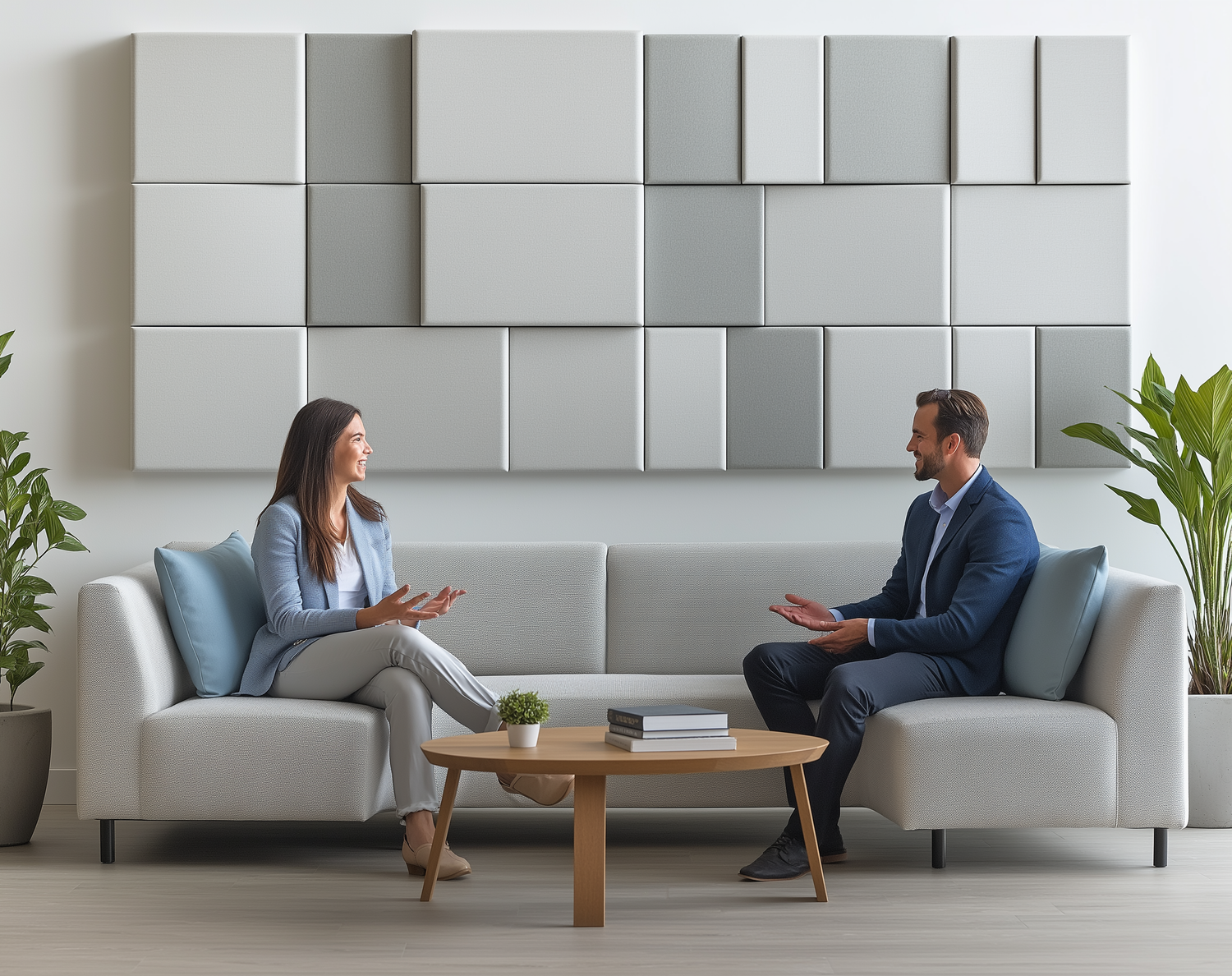Introduction to Curvilinear and Flowy Furniture
Curvilinear and flowy furniture is characterized by its smooth, rounded edges and sinuous forms that mimic the natural world. This design philosophy contrasts sharply with the rigid, angular lines of traditional furniture, offering a refreshing take on spatial aesthetics. The history of curvilinear furniture traces back to various artistic movements, evolving over time to incorporate modern materials and manufacturing techniques.
The Aesthetics of Curves in Design
The appeal of curvilinear furniture lies in its psychological effect on viewers and users. Curves are inherently pleasing to the eye, promoting a sense of relaxation and harmony. In interior spaces, these forms introduce dynamism and fluidity, breaking the monotony of straight lines and angles.
Design Principles for Curvilinear Furniture
Creating effective curvilinear furniture involves a careful consideration of balance, proportion, and the furniture's relationship with the surrounding space. This section explores how designers achieve harmony and visual interest through the strategic use of curves.
Materials and Techniques in Crafting Flowy Furniture
Innovative materials and advanced manufacturing processes have played a crucial role in the evolution of curvilinear furniture. From traditional woodworking to modern 3D printing, this section examines the techniques that allow for the creation of complex, flowing forms.
Iconic Designers and Their Contributions
The history of curvilinear furniture is dotted with designers who have pushed the boundaries of form and function. This section highlights the pioneers and modern innovators whose work has defined the field.
Curvilinear Furniture in Different Interior Styles
Curvilinear and flowy furniture finds its place in a variety of interior design styles, from sleek contemporary rooms to eclectic spaces that blend multiple influences. This section discusses how curvilinear forms can be adapted to different aesthetic preferences.
The Role of Technology in Shaping Furniture Design
Technological advancements have had a profound impact on furniture design, enabling the creation of forms that were once impossible. This section explores how tools like 3D printing and CAD software contribute to the design and production of curvilinear furniture.
Color and Texture in Curvilinear Furniture
Color and texture play significant roles in enhancing the visual impact of curvilinear furniture. This section provides insights into how designers use these elements to accentuate form and create sensory experiences.
Lighting and Its Interaction with Flowy Forms
Lighting can dramatically affect the appearance of curvilinear furniture, highlighting its forms and casting intriguing shadows. This section delves into the interplay between light and curved surfaces.
The Psychology of Space and Curvilinear Furniture
Curvilinear furniture influences not only the aesthetics of a space but also its psychological effects on occupants. This section examines how flowing forms can create a sense of flow and well-being in interiors.
Sustainability in the Design of Flowy Furniture
As environmental concerns become increasingly important, the sustainability of furniture design comes into focus. This section discusses how curvilinear furniture is adapting to eco-friendly materials and practices.
Customization and Personalization
The demand for personalized interior spaces has led to a rise in bespoke curvilinear furniture. This section explores how designers and manufacturers are meeting the need for customization.
Curvilinear Furniture in Public and Commercial Spaces
Beyond residential interiors, curvilinear furniture plays a significant role in shaping the user experience in public and commercial environments. This section examines its functional and aesthetic contributions to these spaces.
Future Trends in Curvilinear and Flowy Furniture
Looking ahead, this section predicts the innovations and design trends that will shape the future of curvilinear furniture, considering both aesthetic and technological advancements.
Maintaining and Caring for Curvilinear Furniture
The unique forms of curvilinear furniture require specific care and maintenance strategies. This section offers practical advice for preserving the beauty and longevity of these pieces.
Conclusion: The Timelessness of Curvilinear Furniture
Curvilinear and flowy furniture continues to captivate with its blend of form, function, and aesthetic appeal. This concluding section reflects on the enduring popularity of these designs and their ability to adapt to changing tastes and technologies.
FAQs
What makes curvilinear and flowy furniture stand out in interior design?
How do designers achieve balance and harmony with curvilinear furniture?
What are the benefits of incorporating curvilinear furniture into a space?
Can curvilinear furniture be customized to fit specific interior styles?
What role does technology play in the design and manufacturing of curvilinear furniture?
How can homeowners care for and maintain their curvilinear furniture to ensure its longevity?






